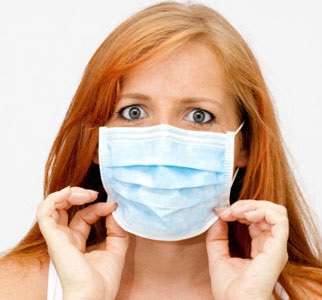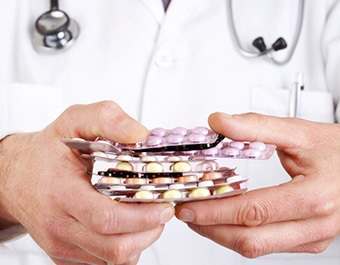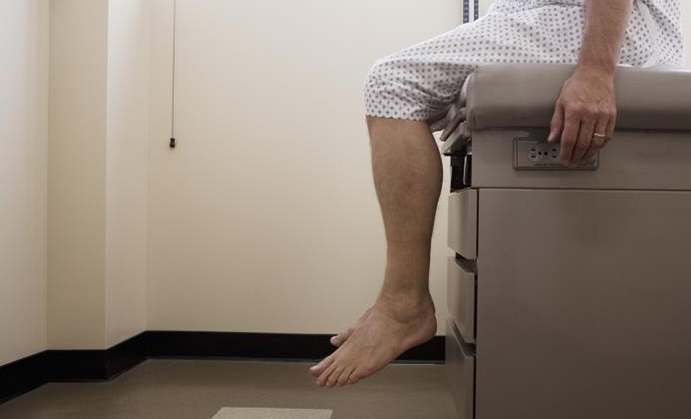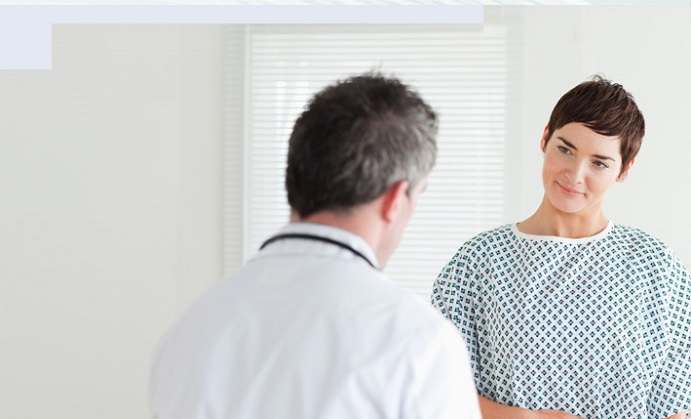The fact of the matter is that no matter how clean we are with our body and hygiene there will always be bacteria left over on our skin and within the body. We can’t really remove these micro organisms completely and that is where our immune system comes in to play. The body’s immune system acts as a natural wall that protects us from bacteria and viruses. If that wall goes down then we are just ripe for the picking to several types of dangerous organisms.
While not all of these micro organisms in our body can be considered dangerous they can still cause some issues when our immune system is weakened. Even micro organisms that help our body can be dangerous if left unchecked and left to spread on their own.
 Unfortunately, there are several ailments that target our immune system exclusively. These conditions can cause severe damages in the long run. Human immunodeficiency virus (HIV), diabetes and cancer are just a few of the ailments that significantly weaken the body’s immune system which opens up the body to other ailments.
Unfortunately, there are several ailments that target our immune system exclusively. These conditions can cause severe damages in the long run. Human immunodeficiency virus (HIV), diabetes and cancer are just a few of the ailments that significantly weaken the body’s immune system which opens up the body to other ailments.
A weakened immune system also increases the risk of developing yeast infection. The body produces yeast and is a normal occurrence. However, if there is an overgrowth of yeast in the body then that is when the problem really gets out of hand.
Common Symptoms of Infection
Yeast infection develops mostly on body parts that are not commonly exposed to sunlight and proper air circulation. This makes the genital area, rectum and inside of the mouth prime candidates for infection. Yeast, like any other fungi, will thrive on dark, damp, warm areas. It can also spread quickly if left uncheck which is why it is vital to apply antifungal treatment as soon as the first signs of symptoms appear. If you ignore yeast infection then there is a possibility it will spread into the bloodstream and cause damage internally.
The most common types of yeast infection are oral yeast infection and vaginitis. There is also a rare chance when nails are also affected which is called candidal onychomycosis. Infants are also susceptible to yeast infection and are commonly located on their arms, legs and body.
How to Treat Yeast Infection
 Yeast infection treatment will depend on the severity and location of the infection. For example, oral yeast infection will require oral medication and infections that appear on the skin will need topical treatments. It is vital that yeast infection treatment be applied as soon as possible to prevent it from spreading further and cause severe damage both externally and internally.
Yeast infection treatment will depend on the severity and location of the infection. For example, oral yeast infection will require oral medication and infections that appear on the skin will need topical treatments. It is vital that yeast infection treatment be applied as soon as possible to prevent it from spreading further and cause severe damage both externally and internally.
There are cases when yeast infection caused brain damage due to the infection reaching the brain itself.
Mild yeast infections will only need topical and oral medications while serious cases will include intravenous drugs to ensure that the infection did not spread into the bloodstream. Take proper care of your body. Eat healthy, exercise and maintain cleanliness, those are the three best ways to combat yeast infection.
Do you want to find an effective Candida treatment? Check out our top rated Candida products











